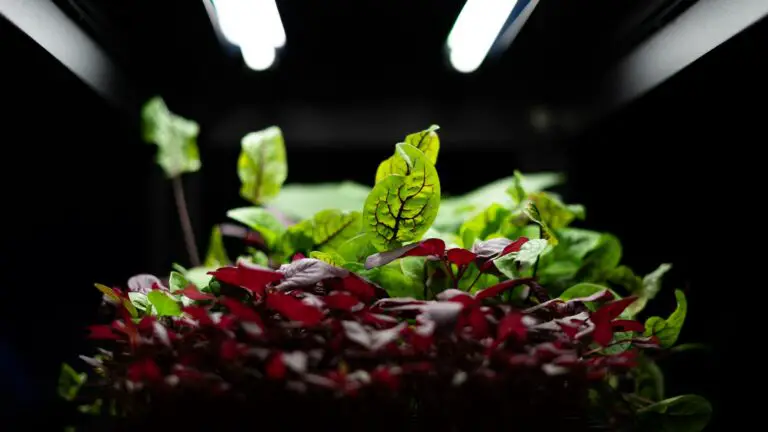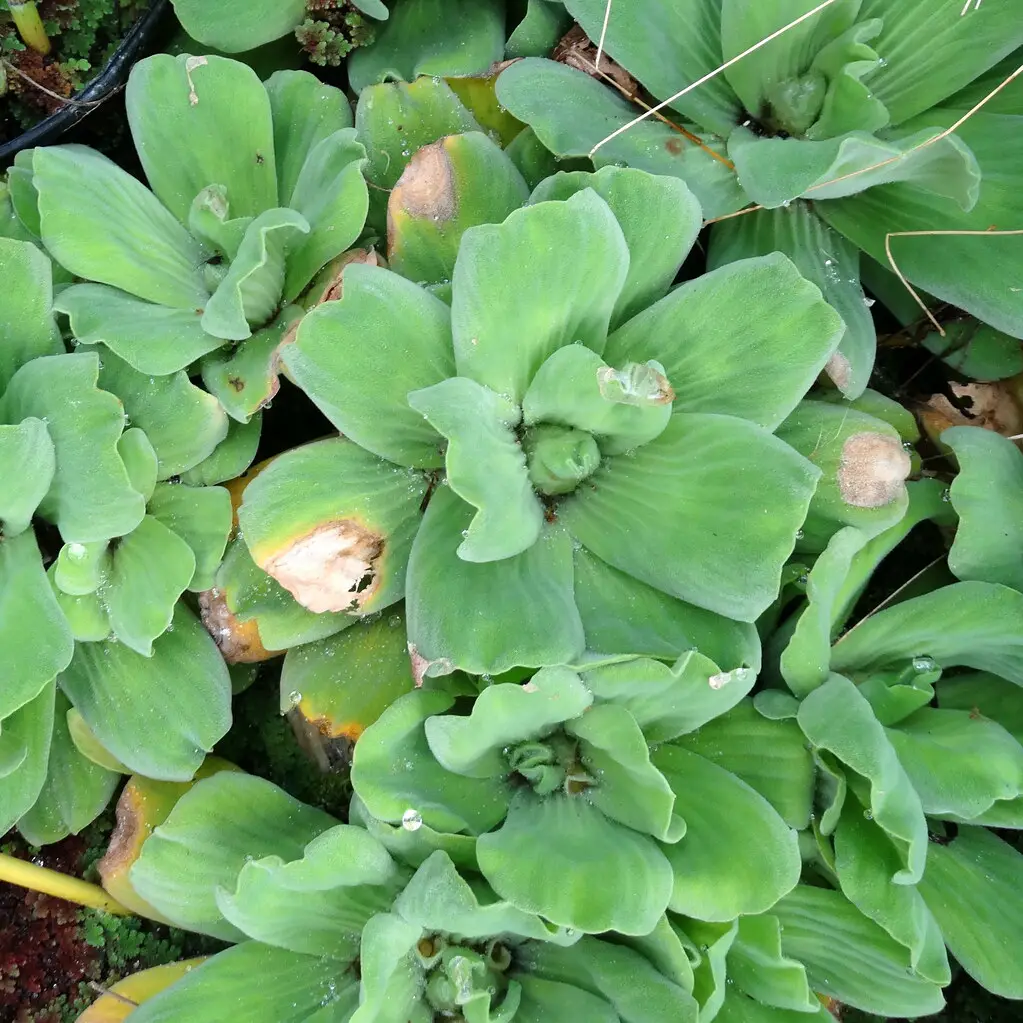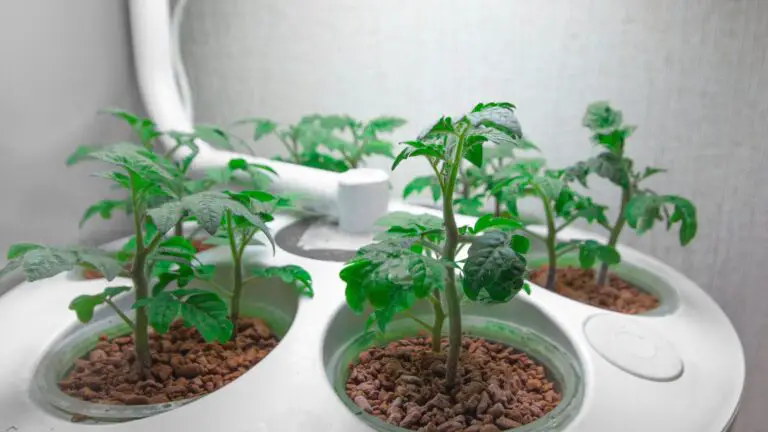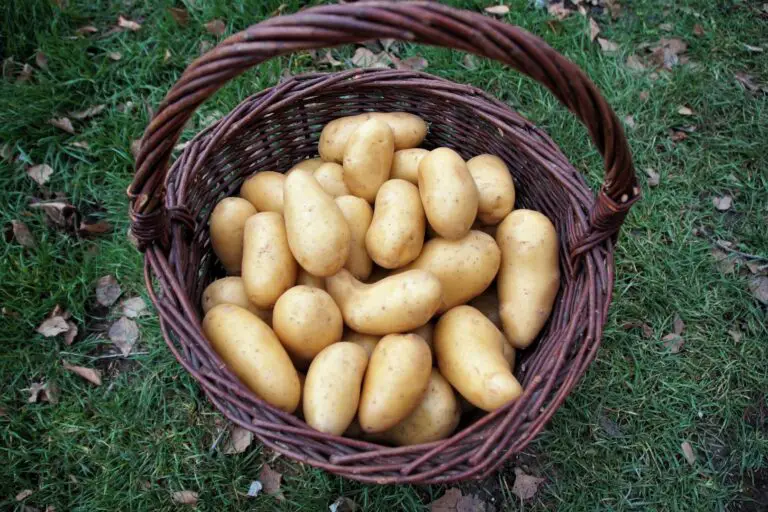The surprising cause of tip burns in lettuce
You’d have planted healthy seedlings. And they grew well for a week or two. Then you start to see their tips burning.
Unlike fruiting plants, we consume the leaves of lettuce. Thus, we can’t afford to have tip burns at all.
No, it’s not a pest infection. Don’t rush and use any pesticide and spoil your healthy crop.
The fact that it isn’t a pest problem doesn’t give you any relief. We still need to work on to fix the issue.
Before long, this post may contain Amazon affiliate links. We may earn a small commission for qualifying purchases at no extra cost to you. But it doesn’t affect what we pick.
What causes tip burns in lettuce
Tip burns can be a symptom for several reasons. Hydroponic growers experience this due to one prime issue: calcium deficiency.
Plant cells need calcium to strengthen it’s walls. Healthy cells form healthy leaves and stems. Each lettuce head needs about 100-150 ppm of calcium in its growth cycle.
But adding more Calcium nitrate to the nutrient solution won’t help. Insufficient calcium in the nutrient may result in browning of the whole plant. But why do they start from the tip?
The real culprit is insufficient airflow.
Nutrients get pulled to the leaves through water. For this to happen, the excess water needs to be evaporated. Plants generally lose about 90% of the water they intake through transpiration. Transpiration is the process of exhalation of water vapor through the stomata.
Okay, there’s a lot of biology here.
Stomata is like a valve. They spread throughout the leave’s surface. The plant can control how much it can open the Stomata. That way, the plant can maintain the water content.
When there’s not enough water, these valves are usually closed. Thus, water vaporization is minimal. Contrarily, Stomatas in the leaves are wide open when there’s excess water. Now, more water can escape through the leaves. As they go off, the roots can pull nutrient-rich water up.
But water vaporization doesn’t happen itself. Plants need the help of airflow. Air can pull out more water from the Stomata. But transpiration levels also depend on other conditions. For instance, transpiration happens slowly if the relative humidity level is high. Likewise, if the temperature is high, transpiration happens quickly.
In hydroponics, lettuces grow in a controlled environment. Thus, the biggest issue here is the airflow. Lettuces can’t fully exhale water without airflow, even if the stomata are fully open. Without the help of airflow, the roots can’t pull the calcium to the tip of the leaves.
Other reasons for burning leaves in lettuces.
As we said earlier, there are many reasons for lettuce to leave browning. Yet, the potent one is calcium deficiency due to insufficient airflow. Here are some other conditions.

- Too much light.
This is primarily a concern if you grow lettuces with the help of Growlight. How far is too far? How close is too close? The topic is for another post. But the point is that too much light and the heat from grow lights can burn lettuce leaves. - High humidity.
This has been touched a bit already. When the water level in the air is already high, only a slight pulling happens, even if the airflow is excellent. On the other hand, dry air tends to extract more water out of the plant’s leaves. Once again, it helps calcium reach the leaves’ tips and makes them healthier. - Too much heat.
When the temperature is too much to bear, water quickly dries out. It happens too quickly, so the nutrients at the bottom can’t reactivate the tips yet. Or, if you’re doing either Kratky, the plant would have drunk most of your nutrient-rich water sooner. - There is too much nutrient in the solution.
Lastly, over-fertilization is also a common cause of lettuce leave browning. This is often the case in traditional farming. But even hydroponically grown lettuces can suffer the same.
How can we fix tip-burned lettuce and prevent them in the future?
Well, you can’t do anything to the already dead parts of the leaf. But you can ensure the new leaves growing are healthy.
All you have to do is increase airflow in your garden.
Growing at home, you can place your hydroponic system near a window. The natural air may fix things up. If it’s impossible to get natural ventilation, try installing a fan near your plants.
If you’re growing at an industrial scale, your polytunnel may need more fans. Also, if you have NFT channels, ensure the air can travel throughout your channel. If you install your fans facing the length of the NFT channel, channels that are far behind may not get enough airflow.
The different tricks you’re using may differ as per your circumstances. But you get the point. Air needs to flow!
In conclusion
Tip burns in lettuce can be a frustrating issue for hydroponic growers.
But with proper knowledge, it can be easily prevented and fixed. Calcium deficiency due to insufficient airflow is the main reason behind tip burns, and increasing airflow can help the plant pull nutrient-rich water up to the leaves tips.
Other factors like too much light, high humidity, too much heat, and over-fertilization can also cause lettuce leaves to burn.
By understanding these factors and taking the necessary precautions, you can ensure healthy and abundant lettuce yields in your hydroponic garden.
Remember, the key is to keep the airflow going!





